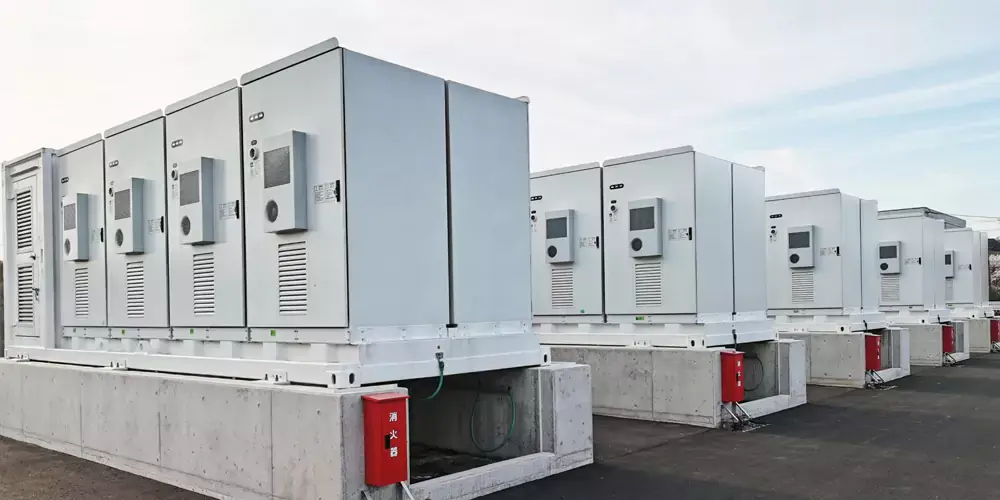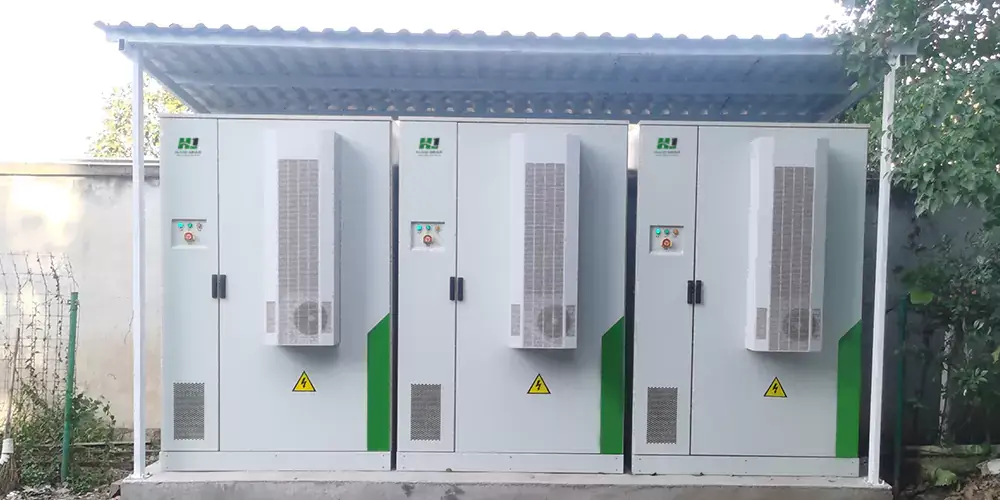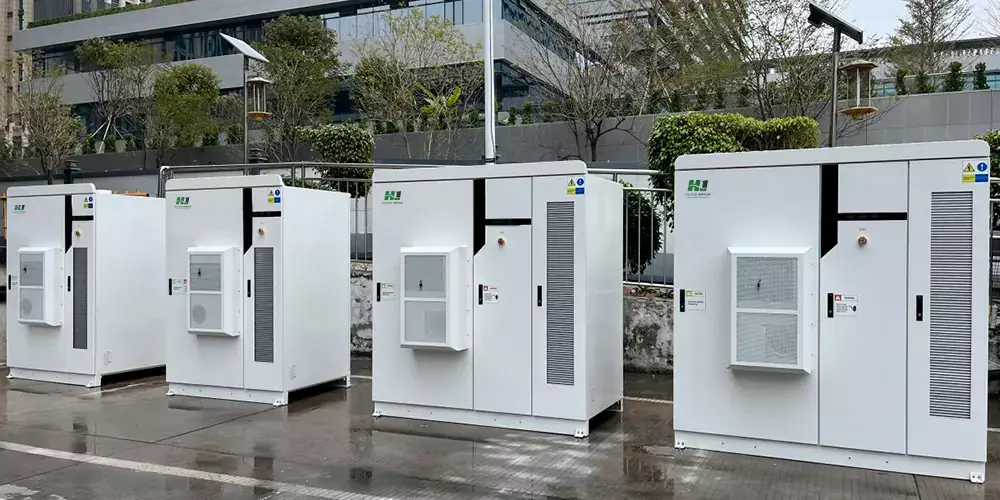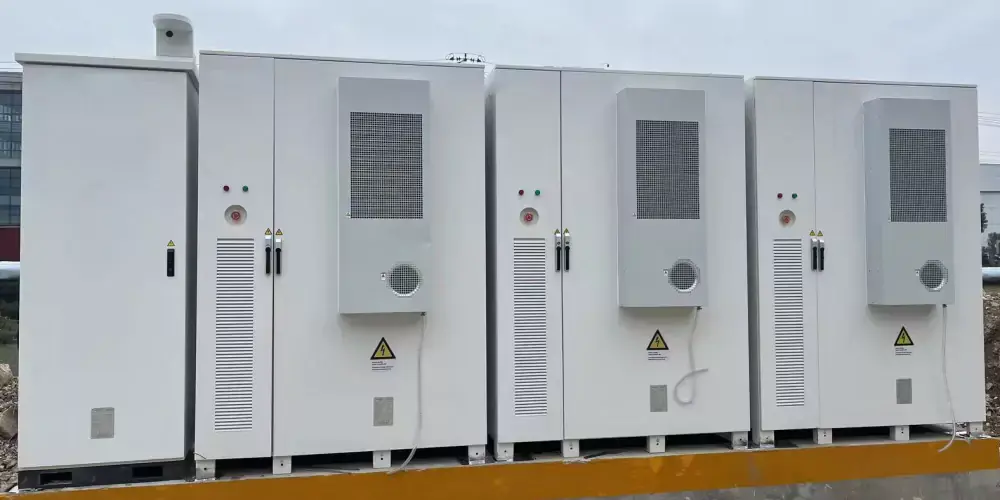Island Renewable Energy: Unlocking a Green Future
In the vast ocean, islands are like shining pearls, yet they often face significant challenges in energy supply due to their unique geographical locations. As the world moves towards net zero emissions, island renewable energy solutions, including decentralized power generation, become increasingly attractive. Leveraging resources like geothermal reserves, hydropower, solar energy, and wind energy, islands can achieve a renewable energy mix that reduces dependence on fossil fuels. However, to fully unlock this potential, advancements in energy storage and transmission technology are essential. These innovations, supported by green financing, can ensure a stable, efficient, and sustainable energy future for islands.
Island renewable energy sources are diverse, with solar energy being the most prevalent due to the abundance of sunlight in many island regions. By installing solar panels, islands can harness this free, clean, and renewable energy to power homes and facilities. Solar energy’s minimal environmental impact—producing no pollutants or greenhouse gases—makes it an ideal cornerstone of any island’s renewable energy mix.
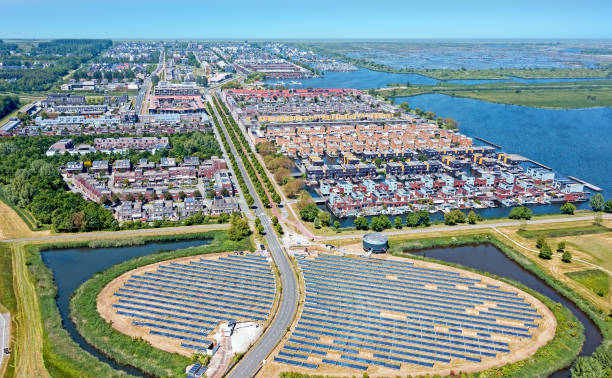
In addition to solar power, wind energy plays a crucial role in island energy strategies. The strong and consistent winds surrounding many islands offer a reliable source of power when captured by wind turbines. As decentralized power generation becomes more viable, wind energy provides a continuous and growing contribution to the local energy supply, thanks to technological advancements that improve turbine efficiency and reduce costs.
Hydropower also holds potential on islands with rivers or waterfalls, enabling the conversion of kinetic energy from flowing water into electricity. Though limited by specific geographical conditions, when applicable, hydropower can deliver a stable and locally-sourced energy supply, further diversifying the island’s energy portfolio.
The shift to renewable energy is vital for the sustainable development of islands. It reduces dependency on imported fossil fuels, which are costly and environmentally detrimental due to transportation emissions. By producing energy locally, islands can decrease these expenses and minimize their carbon footprint, aligning with global goals of net zero emissions.
Moreover, island renewable energy initiatives can drive local economic growth by creating jobs in the solar, wind, and hydropower sectors. The presence of renewable energy infrastructure may also enhance the island’s appeal to tourists, further boosting the local economy.
However, challenges remain, particularly in the areas of energy storage and transmission technology. Islands face unique difficulties due to their limited space and isolation, making the efficient storage and transfer of renewable energy more complex. Overcoming these hurdles will require significant investment in research and development, as well as innovative approaches to transmission technology that are tailored to the island context.
To address these challenges, collaboration between governments, businesses, and local communities is essential. Support through green financing initiatives can help accelerate the deployment of advanced energy storage solutions and the expansion of renewable energy infrastructure.
In conclusion, while island renewable energy presents some challenges, the potential benefits are vast. With continued technological innovation and strategic investment, islands can achieve a sustainable and self-reliant energy future, contributing to global efforts toward net zero emissions and setting an example for other regions to follow.
Contact us
- Email:[email protected]
- Tel: +86 13651638099
- Address: 333 Fengcun Road, Fengxian District, Shanghai
Get A Quote Now!


